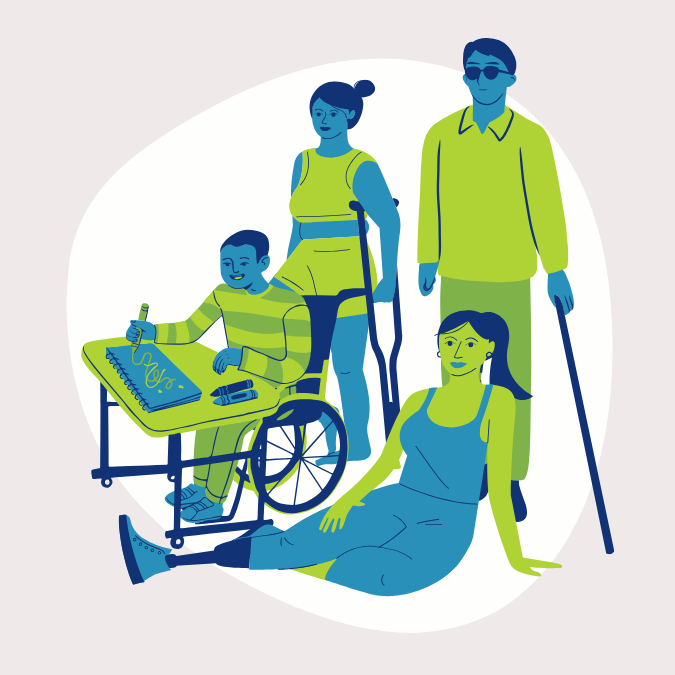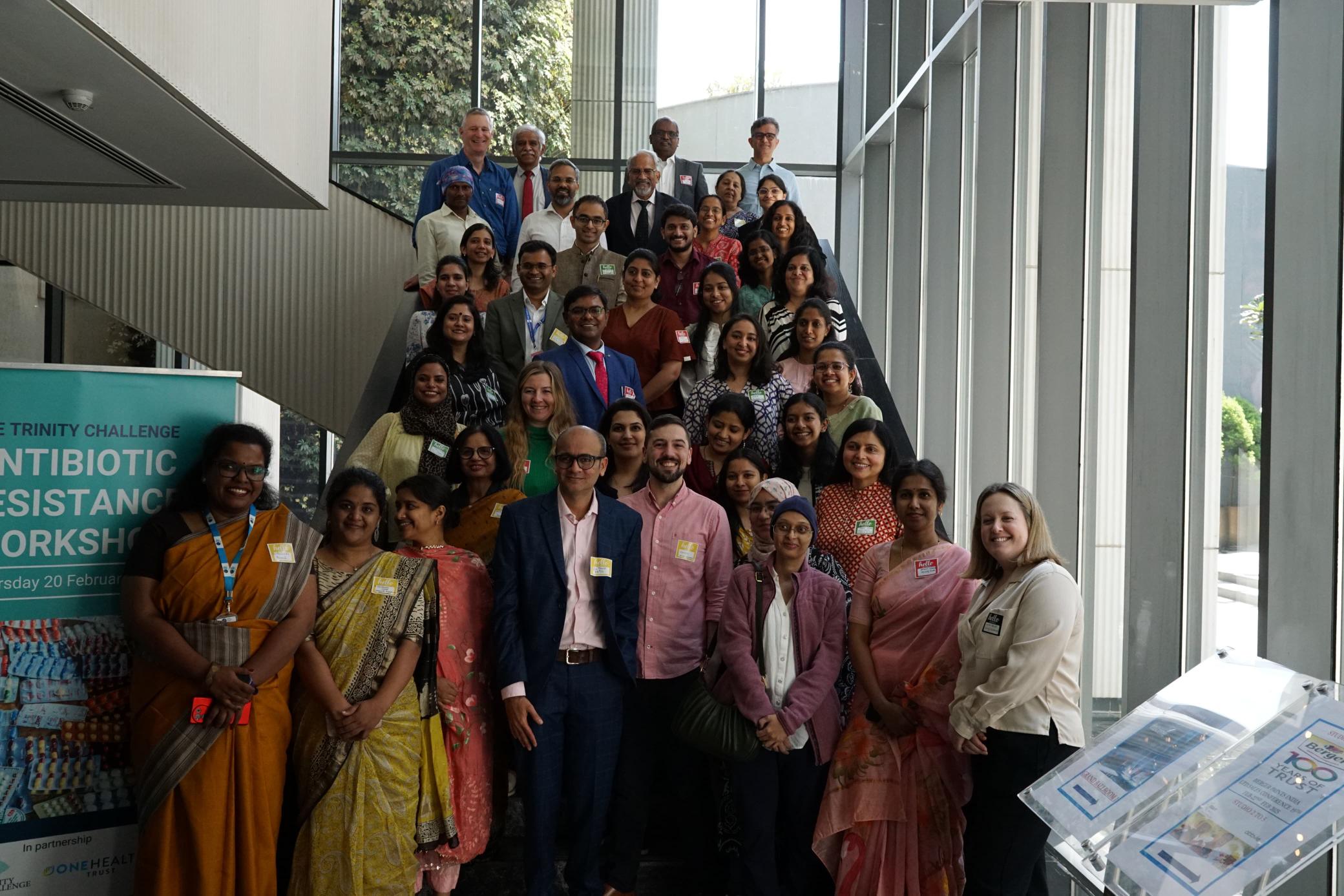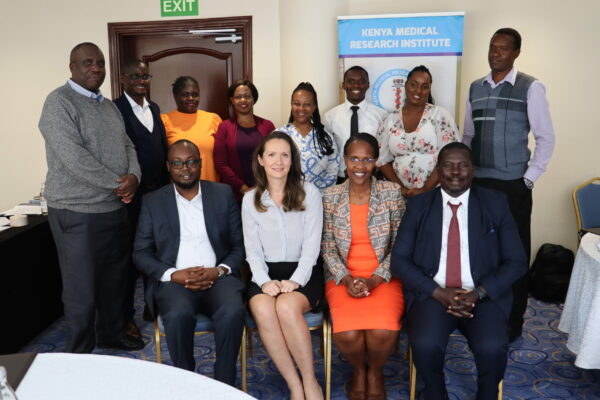March 13, 2024

In India, women’s participation in the paid workforce has steadily declined since the 1990s, while remaining among the lowest in the world. During the same period, the proportion of multigenerational households has remained unusually high and unchanged in India, even compared to its Asian peers. Our team at the One Health Trust studied the effect of co-residence with fathers-in-law and/ or mothers-in-law on female labor force participation and autonomy. It is common in India for married women to live with their husband’s family, also known as patrilocality. The presence of parents-in-law in the household can limit the mobility and autonomy of women. Women’s labor force participation rates have been low and steadily declining in India in the last two decades from around 34 percent in 2000 to 18.6 percent in 2019. With a rapid demographic transition happening in India and a rise in the elderly population, women’s participation in the labor force is expected to be further impacted due to increased caregiving responsibilities for them at home. This is a worrisome trend because women’s participation in wage work is crucial to increase their bargaining power, decision-making power, and empowering them at home regarding their health and well-being.
We used two rounds of a panel data set from the India Human Development Survey (IHDS). The first round collected data for the year 2004-2005 and the second round for the year 2011-2012. IHDS is a nationally representative survey of 41,554 households across 1,503 villages and 971 urban settlements. This longitudinal survey covers topics on health, education, employment, economic status, marriage, fertility, gender relations, and social capital, allowing us to track changes in characteristics of the same households across time. A unique feature of this survey is that it allows us to limit our sample only to women who got married before the survey and were aged between 18 and 49 years in 2005. In the first round, 5,360 women lived with healthy fathers-in-law, meaning fathers-in-law who did not suffer from any major chronic morbidities. Around 27.7 percent of these women lost their father-in-law by 2011 due to short term illness or accidents. Similarly, in 2005, 7,499 women lived with healthy mothers-in-law. If the father-in-law was present, both parents-in-law were healthy in our sample. Out of these 7,499 women, 17.9 percent lost their mother-in-law by 2011 due to short term illness or accidents.
We used the unanticipated death of an in-law between the two rounds as an external and unexpected factor causing variation to empirically test the effect of the co-residence with parents-in-law on women’s participation in the workforce and autonomy. To measure this effect, we used a fixed effects panel regression model that controls for time-invariant individual characteristics and time trends. We found that family structure and household norms – in particular, traditional gender norms perpetuated and enforced by fathers-in-laws– are important in determining women’s autonomy and participation in the paid labor force. The death of a father-in-law increased the labor force participation of women by nearly 24 percent, compared to similar households where the father-in-law still co-resided in 2011. We also found that women’s autonomy significantly increased after the death of a father-in-law across all dimensions of decision-making in the house, financial autonomy, and eating meals with other family members (this is a proxy for nutrition because women often eat last and the least in the house). The death of a mother-in-law primarily led to an increase in women’s financial autonomy, but did not increase female labor force participation.
Our research sheds light on the persistent nature of adverse patriarchal norms on women’s lives and the need for investment in interventions that can help shift perception around women engaging in paid work. Some potential interventions could include sensitizing families to the idea of women working and gender sensitivity training in workplaces. However, for policy measures to make a lasting change in attitudes related to gender equality, we must intervene and educate on these issues at a younger age. To boost women’s participation in the workforce and improve their health and well-being, families need to rethink and let go of gender norms that can hold them back.
Written by Abhik Banerji, Deepshikha Batheja, and Anil Deolalikar
Image from Shutterstock











